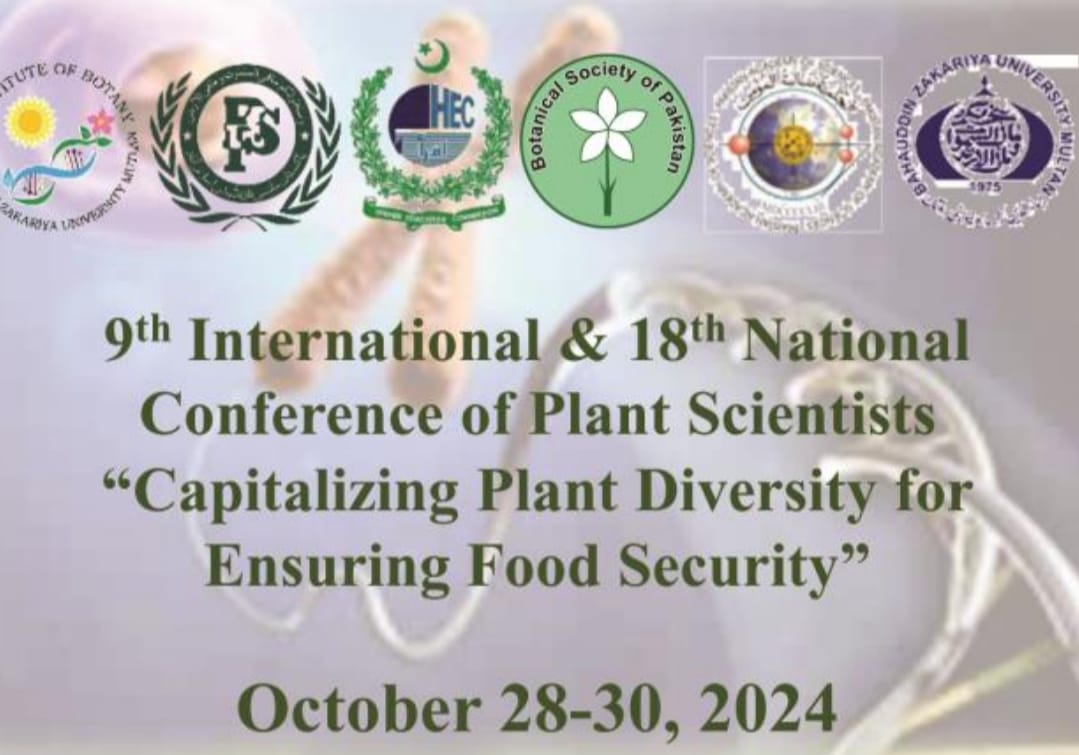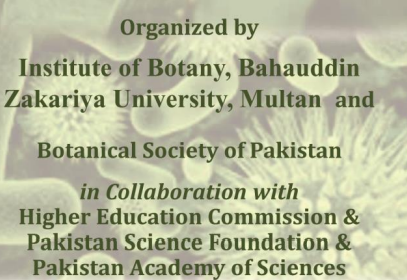-
-
-
-
-
-
-
-
-
-
-
-
-
-
-
-
-
-
-
-
-
-
-
-
-
-
-
-
-
-
-
-
-
-
-
-
-
-
-
-
-
-
-
-
-
-
-
-
-
-
ANETA SABOVLJEVIĆ1, MILORAD VUJIČIĆ1, MARIJANA SKORIĆ2, JASNA BAJIĆ-LJUBIČIĆ1 AND MARKO SABOVLJEVIĆ1*
AXENICALLY CULTURING THE BRYOPHYTES: ESTABLISHMENT AND PROPAGATION OF THE PLEUROCARPOUS MOSS THAMNOBRYUM ALOPECURUM NIEUWLAND EX GANGULEE (BRYOPHYTA, NECKERACEAE) IN IN VITRO CONDITIONS
Download PDF
-
-
-
-
-
-
-
-
-
-
-
-
-
-
-
-
-
-
-
-
-


